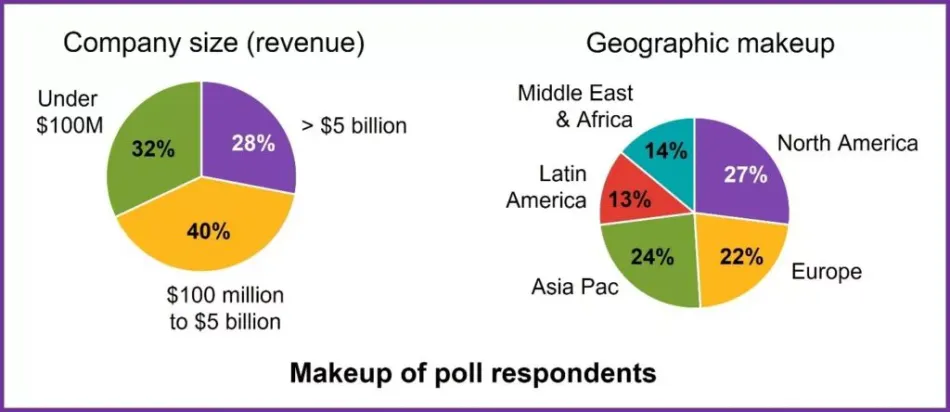Discovering the Future of Multi-Die Systems
A report explores the forces that demand a new method of design, one that is not solely reliant on the exponential scaling predicted by Moore’s law.
This article was first published on
www.synopsys.comThe semiconductor industry can be described in many ways. Ingenious, impactful, and unpredictable are three descriptors that come to mind. There are many more, but one word that doesn’t apply here is boring. In the 1960s, the late Gordon Moore advanced the insightful observation that chip complexity would follow an exponential path. His now-famous Moore’s law charted the course for the semiconductor industry for over 50 years.
The exponential effects predicted by Moore’s law have profoundly impacted the semiconductor industry, all the industries that use semiconductors, and the world at large.
Back in 2015, when Moore’s law turned 50, Scientific American published an article on the longevity and impact of Gordon Moore’s prediction. In that article, the exponential effects of Moore’s law were applied to the automotive industry. The article pointed out:
If a 1971 Volkswagen Beetle had advanced at the pace of Moore’s law over the past 34 years, today “you would be able to go with that car 300,000 miles per hour. You would get two million miles per gallon of gas for the mere cost of four cents.”
If only Moore’s law could continue forever. But alas, nothing lasts forever. In recent times, Moore’s law has begun to slow down. It’s still predicting (and delivering) semiconductor advances, but it takes more time and money to arrive at those advances, and once there, the benefits aren’t as great as they used to be.
Innovation will not be slowed, especially in the semiconductor industry. So, something else must be added to keep things moving at the customary exponential pace. That something else is multi-die systems. Read on to get an industry-wide look at the move toward multi-die systems.
The World According to MIT Technology Review Insights
MIT Technology Review Insights (MITTRI) is the custom publishing division of MIT Technology Review, the longest-running technology magazine. MITTRI has been part of the Massachusetts Institute of Technology (MIT) for over 100 years.
This organization is famous for its quality research and Synopsys was excited to sponsor a research piece on the move to multi-die systems. Titled Multi-die Systems Define the Future of Semiconductors, the report explores the forces that demand a new method of design, one that is not solely reliant on the exponential scaling predicted by Moore’s law. The reasons for that change, the challenges to implementing it, and the benefits awaiting the semiconductor industry and the world are all discussed.
Multi-Die Systems Report Methodology
The report was driven by three research methods:
- Independent market research
- A poll of the MIT Technology Review Global Insights Panel, including executives from diverse industries
- Interviews with semiconductor industry experts
The poll drew from over 300 responses representing more than 12 industries across the globe. About half the responses came from C-suite executives or directors. The distribution of company sizes and geographic location is shown in the figure below.
There were many interesting and informative insights because of this poll. One clear statistic that illustrates the move to multi-die systems: 38% of firms polled are looking at multi-die systems for future products. The movement is real and it’s happening now.
The third part of the report, the interviews with industry leaders, reveals some telling insights about where the industry is currently and where it needs to go. These passages represent a great opportunity to hear directly from those driving next-generation products to understand their direction, care-abouts, and future aspirations.
The panel of experts consisted of:
- Uri Frank, Vice President of Engineering, Google
- Sassine Ghazi, President and Chief Operating Officer, Synopsys
- Patrick Moorhead, Founder, CEO, and Chief Analyst, Moor Insights & Strategy
- François Piednoël, distinguished chief mSoC architect, Mercedes-Benz Research & Development North America
- Gerry Talbot, corporate fellow, AMD
- Kevin Zhang, senior vice president of Business Development, TSMC
Assembling a panel of experts like this is no small feat. It’s a testament to the power of the MIT brand and the importance of the trend.
Learn More About Multi-Die Systems
Synopsys is committed to working with our ecosystem partners and ushering in a new era of multi-die systems. We are bringing a comprehensive multi-die system solution, including EDA and IP products and deep system design expertise, to the task and we can’t wait to see where these new capabilities will take us.
Get an industry-wide look at the move toward multi-die systems:

